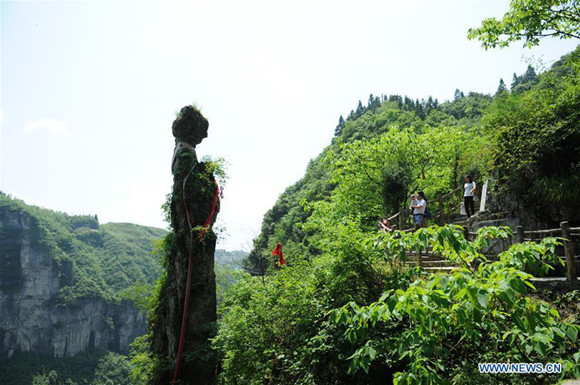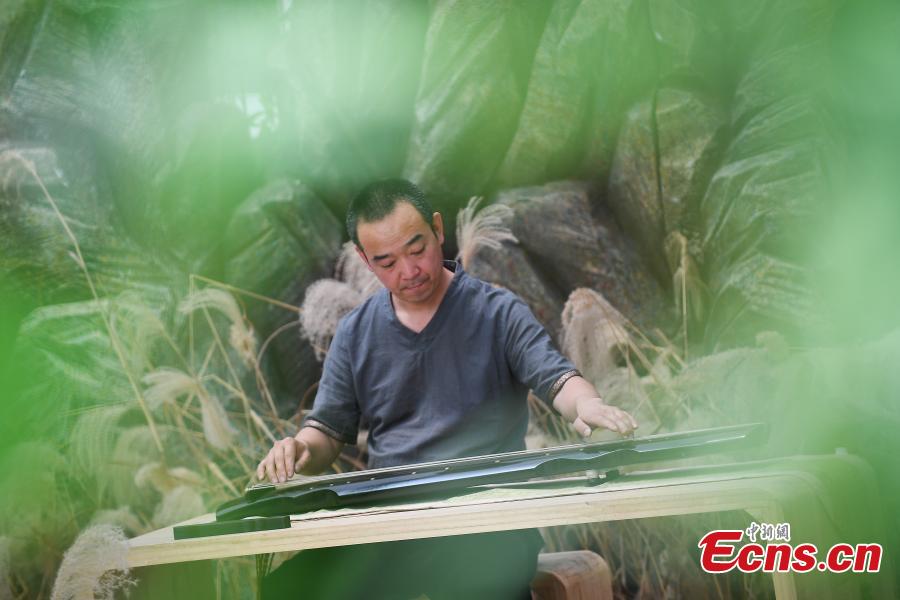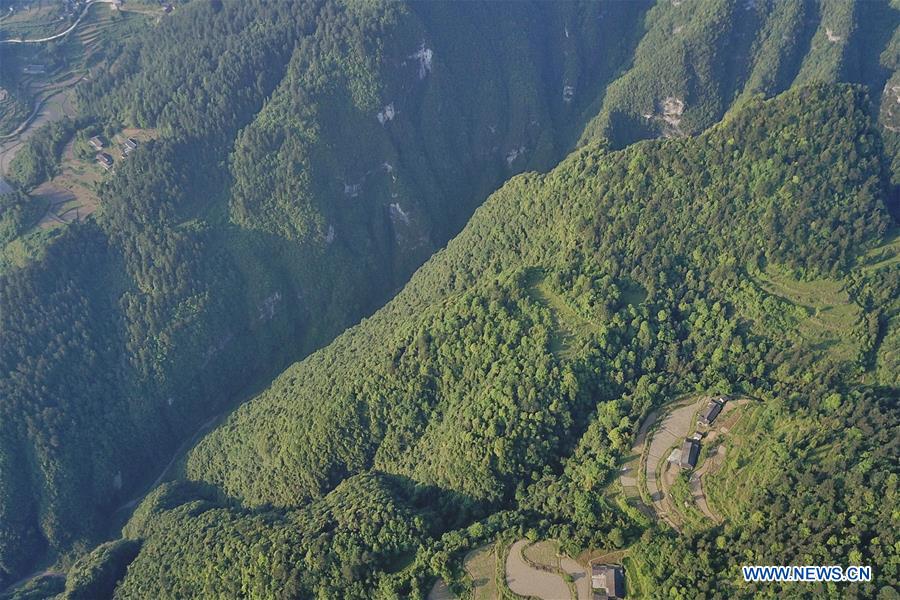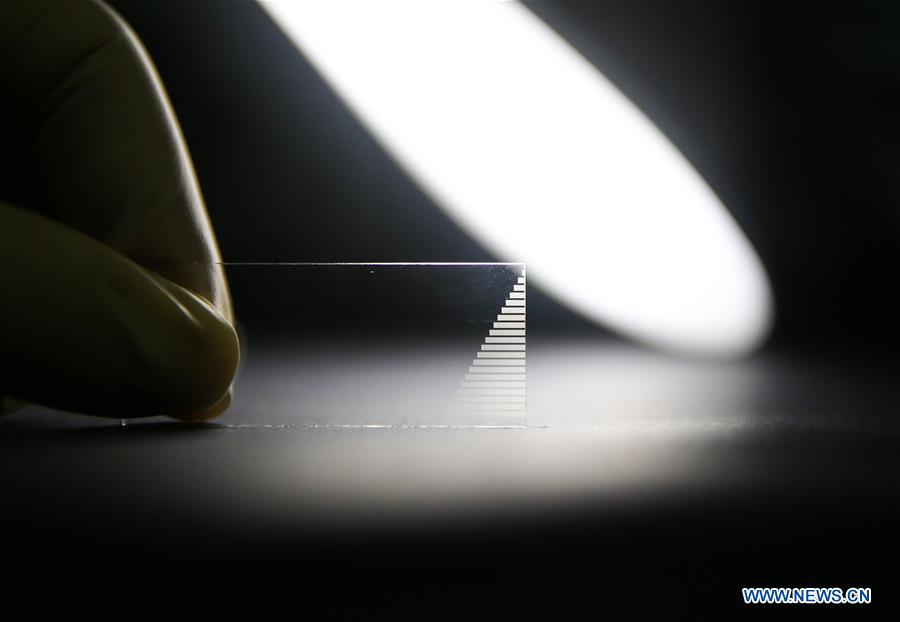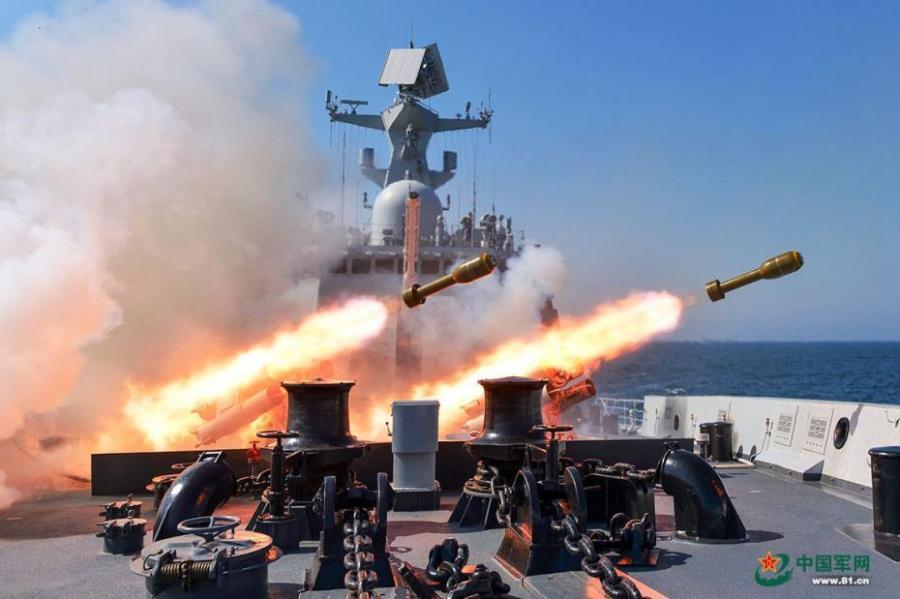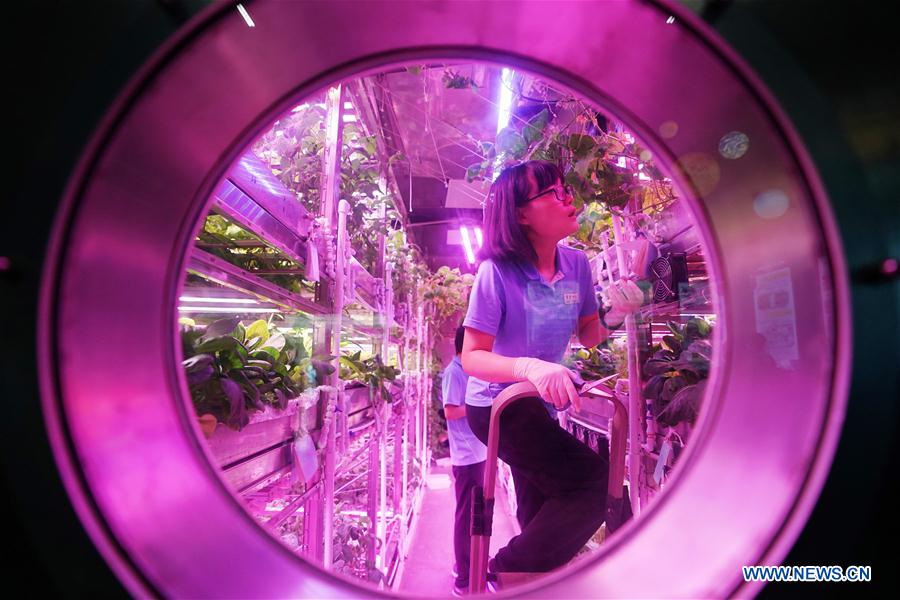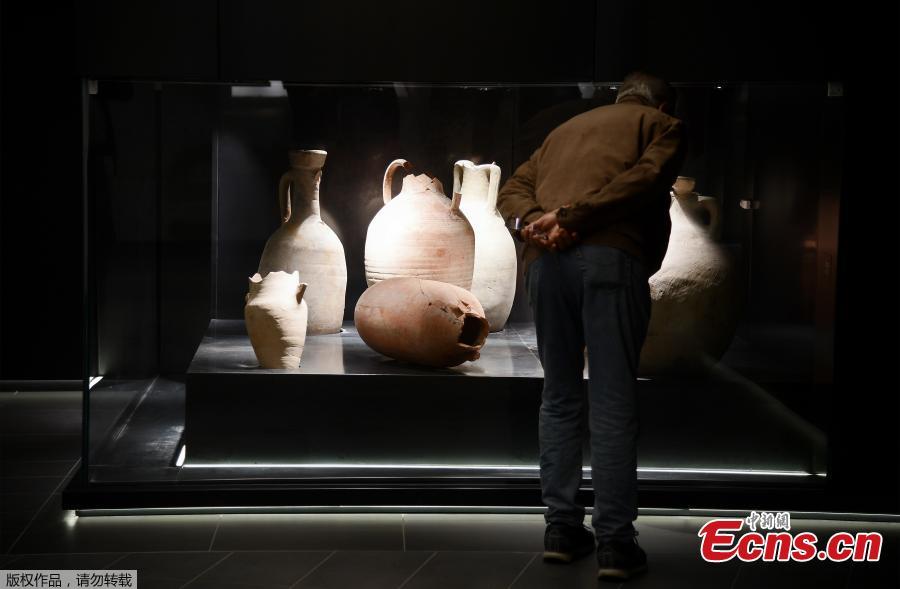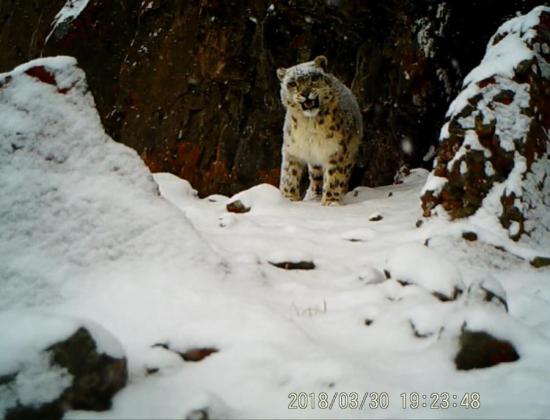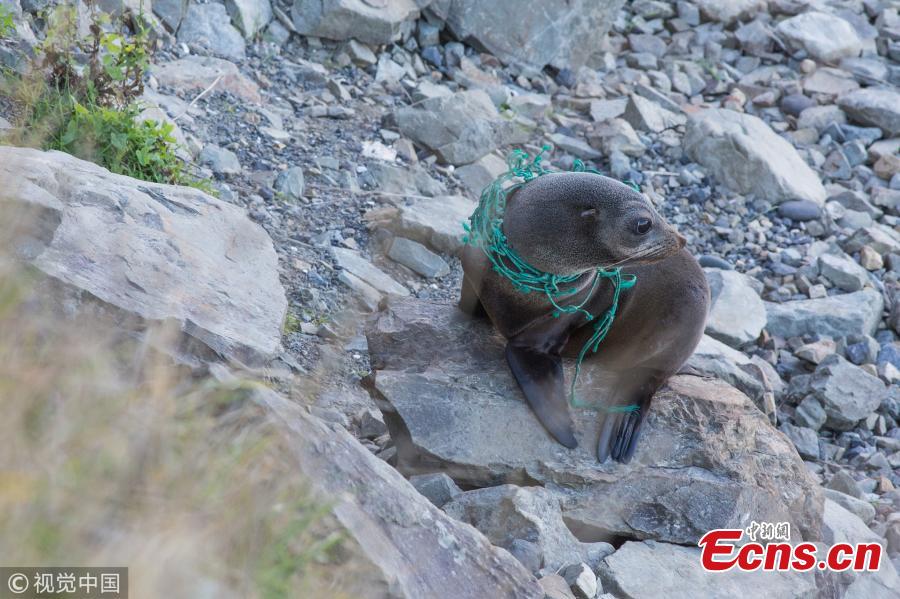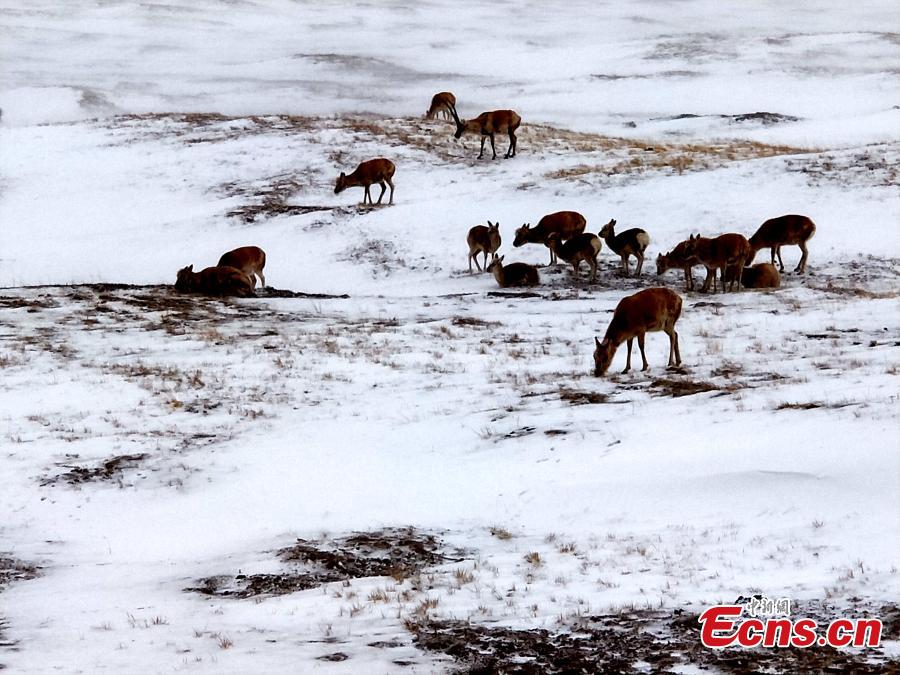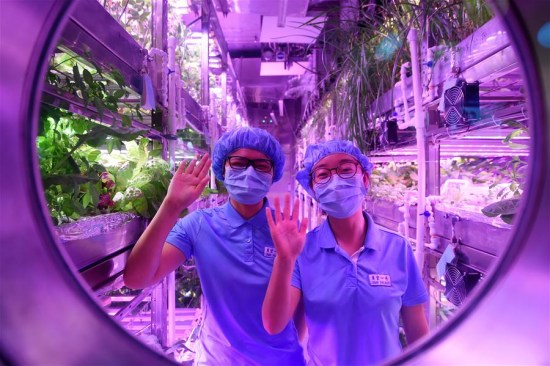The month-long deep-sea exploration of the South China Sea ended Wednesday with the discovery of polymetallic nodules and ancient hydrotherm which will help in exploiting metal resources and will provide the materials needed to manufacture military and aerospace equipment, observers said.
Scientists have made great discoveries through the exploration, and the data and samples collected provided new materials to study the structure and deposition of the South China Sea, Zhou Huaiyang, the leading scientist of the exploration and professor at the school of marine and earth sciences at Tongji University, told the Global Times, after the research ship docked at the Xiamen port in East China's Fujian Province on Wednesday.
The exploration used a Canadian-made unmanned submersible for the first time to explore to a depth of 4,000 meters, and Chinese scientists also found two ancient hydrothermal vents on the seafloor, which is significant to the study of mineral deposits and exploiting metal resources, Zhou said.
Hydrothermal vents contain chemicals in the vents' fluids, which provides clues to the form of metals.
Chinese scientists also found the biggest ferromanganese nodules.
The South China Sea contains rich polymetallic resources that are rare and difficult to find on land, just like the ferromanganese nodules, and China depends on the South China Sea for its future use of resources, Lin Hongmin, an adviser to the Hainan Provincial Maritime Environment Protection Association, told the Global Times.
"The nodules contain nickel, chromium and manganese, minerals that are indispensable for military equipment, such as submarines, tanks and aerospace facilities," Lin said.
The exploitation of resources, including metals and combustible ice, in the South China Sea could ensure China's energy security, even as China continues to face challenges in the exploitation and extraction of these metals, Lin added.
China has successfully extracted more than 300,000 cubic meters of combustible ice, a type of natural gas hydrate, from the South China Sea in 2017, People's Daily reported.
Chinese scientists also live-streamed the deep-sea exploration and showed images of the 4,000 meter-deep seafloor, and creatures found in the cold seep into the South China Sea through an Ocean Science (ROPOS) robot, according to the live stream on the news site thepaper.cn.
"Creatures living in the cold seep area means that they can live in a completely dark environment with no oxygen but high in temperature and chemicals, and scientists could study their genes for future use for medicines and treatment of cancers," Lin said.














